Collection

Analysis on the decisions made by the Chancellor at the 2022 Autumn Statement, from the Institute for Fiscal Studies
Event: 18 November 2022 from 10:30 to 12:00
Event materials
Opening remarks as a PDF
PDF | 139.99 KB
Download Carl Emmerson's slides
PDF | 197.77 KB
Download Ben Zaranko's slides
PDF | 194.03 KB
Download Stuart Adam's slides
PDF | 229.04 KB
Download Xiaowei Xu's slides
PDF | 303.26 KB
What a difference a couple of months makes. Having undone the substance of Kwasi Kwarteng’s catastrophic mini Budget in October, Jeremy Hunt could not have taken a more different tone to that of his predecessor yesterday. Yet while he may be more fiscally conservative than Mr Kwarteng, his promises were less fiscally conservative than those of any of his other predecessors since 2010. He set himself the loosest of fiscal rules, and is meeting them by a hair’s breadth. Gone is any ambition to get to current budget balance – to borrow only to invest; and getting debt on a downward trajectory relative to national income is aimed at only in five years’ time.
In the period up to 2026-27 Mr Hunt has accepted a large part of the additional borrowing forecast since March, rather than offset this through higher taxes or lower spending. Borrowing will take the strain in the near-term. The great majority of the planned consolidation is due only after the next election. There are promises of spending increases over the next two years, not spending cuts. And other than the windfall taxes on energy companies, most of the planned tax rises ramp up over time.
Given the precarious state of the economy, the uncertainty surrounding forecasts, and the fact that high inflation makes keeping within current spending totals challenging enough, this may well be the right balance. Rather than implement a painful package of spending cuts that could, in hindsight, turn out to have been unnecessary, he is hoping that good news comes along and that those spending cuts aren’t needed after all. Remember though, uncertainty runs in both directions. Things could turn out worse that predicted. If so the pain to come will be even greater.
In sum, this is a chancellor erring on the side of caution in terms of protecting spending and the economy in the short run, rather than erring on the side of prioritising shoring up the public finances.
Mr Hunt might think himself lucky that it is the OBR and not the Bank of England whose forecasts he needs to use. The difference between the two is remarkable. The Bank is much gloomier than the OBR – though relative to most other forecasters, it is the Bank which looks to be the outlier. If the Bank turns out to be right, things will be tougher still. It is a quirk of the current system that monetary policy and fiscal policy are made off the back of quite different forecasts.
Borrowing is going to be relatively high into the foreseeable future. Tax is going to be very high indeed. It will settle at its highest sustained level in history relative to national income, and at least four percentage points of GDP, around £100 billion a year, higher than where it has been for most of the last 70 years.
Spending too will be high. Yet spending is also to be extremely tightly controlled. At least in principle. After the next election. If those post-election plans are delivered, it will feel pretty austere.
That is a grim place to be – high borrowing, high debt, high tax, and yet a lot of public services feeling under strain. How can all that be the case? Surely with lots of tax and lots of borrowing it should be boom time for public spending.
Part of the answer of course lies in the fact that we just got a whole lot poorer. That is the central fact that underlies most of what we heard.
Part of the answer lies in the extraordinary scale of expected spending on debt interest. It looks like doubling relative to forecasts and hitting £100 billion a year by the end of the forecast period. That’s more than spending on any public service bar the NHS. As interest rates rise, the consequences of some of the borrowing that has happened over the last decade, and in particular of QE, as well as of more borrowing over the next few years, are coming home to roost. Borrowing is not for free.
That increase in debt interest, plus higher spending on health and on benefits, entirely explains the growth in the size of the state over the period from 2019 to the later years of this decade. With defence spending cuts off the table, an ageing population, and pressures everywhere else you look, my guess is that we are in a new era of higher taxation, higher spending (as a fraction of national income) and a bigger state.
I would be most surprised if the tax burden gets back down to its long term pre Covid average at any time in the coming decades. Higher taxes look to be here to stay.
Public spending
Look at the official figures and the public spending numbers don’t look too bad over the next couple of years. Despite higher inflation, real public service spending looks like it is due to grow only marginally less quickly than was planned last September.
In part that’s because more money has been found for health, schools and local government. In part, though, the figures are flattered by underspends in the base year, making increases look bigger, and also by some of the quirks of the GDP deflator. It remains the case that government will not be able to fund pay rises that anywhere near match inflation from within planned spending totals unless there is a big loss of jobs. Public pay setting will remain one of the biggest challenges.
Beyond the next two years all the spending numbers should be taken with a large pinch of salt. If kept to they will mean cuts, if modest ones, to most public services. It is unlikely these spending plans will actually be kept to. Indeed, I would be willing to wager a considerable sum that spending will turn out higher than planned – as it literally always does.
Two particular points.
First, it is awful that the social care reforms will not now be implemented next year as planned. I rather fear that another two-year delay amounts to a death knell for these vital changes. Government should not be making and then reneging on promises like this which matter so much to vulnerable people.
Second, what on earth is happening to incapacity and disability benefits? Since March the OBR has revised upwards its estimates of spending on these benefits by staggering £7.5 billion a year, and estimates of the number of recipients by more than a million. At the same time, we have a delay until 2028 in moving existing claimants of out of work health related benefits onto Universal Credit. This looks horribly like an effort to push a relatively small increase in spending to beyond the forecast horizon, and in doing so delaying the full roll out of the new system. This is very odd, and very concerning.
Living standards
The most striking figures in the OBR report are those pertaining to living standards, as measured by Real Household Disposable Income per person. Down 7% over this year and next, much the biggest fall in living memory and off the back of very poor income growth for many years. This will hit everyone. But perhaps it will be those on middling sorts of incomes who feel the biggest hit. They won’t benefit from the targeted support to those on means-tested benefits. Their wages are falling and their taxes are rising. Middle England is set for a shock.
All this follows a painful decade and more. Median real wages are set to remain at much the same level as they were at the start of the 2010s. Earnings and incomes have barely risen. On some measures it looks like we will be an astonishing 30% worse off than we might have expected had pre-financial crisis trends continued through to the mid-2020s.
Significant support to benefit recipients, on top of capping average energy bills at £3,000, will provide a better and more targeted approach to high energy prices than proposed by Liz Truss. Put all the tax and welfare changes together and this was a progressive fiscal statement – tax rises for the rich and increased targeting on the poor. It’s just that virtually all of us can expect to be worse off.
Tax
It remains the case that the big tax changes coming in over the next few years are those that had already been announced. Corporation tax revenues are likely to hit record levels as the rate rises to 25%. The freezes to income tax allowances and thresholds constitute a very big tax increase indeed.
The measures announced yesterday were relatively modest by comparison. In the longer term the biggest is the freezing of the point at which employers start to pay NICs – though more immediately the energy profits levy is due to raise more. Reducing the point at which the additional 45% rate of income tax kicks in raises less than £1 billion a year, as does the reduction in the dividend allowance. The cut to the CGT allowances raises less than half a billion. All changes that will largely hit the better off, but hardly game changers.
What will change a lot is the structure of income tax. When the additional rate was introduced in 2010 only around 200,000 people paid it. Now anyone earning over £100,000 will pay at 60% on incomes up to £125,140, and at 45% over that. Altogether 4% of adults, around 2 million people, will be paying income tax at 60% or 45% by 2027-28. That’s more than were paying the higher 40% rate back in 1990. Meanwhile we expect there to be nearly 8 million people paying at that 40% rate.
This is a big and fundamental change to our income tax system and a big increase in the marginal rate of tax faced by millions.
Beyond that, there were plenty of tax changes, to all of which one must simply ask the question: where is the strategy? There are lots of things that need to be done to improve CGT. Why is cutting the allowance, which would barely make my top ten of required reforms, be the policy of choice? After an extensive review, business rates are being cut, with a big, supposedly temporary, cut for retail and hospitality. That latter cut is now going to be very hard to undo. I see no long-term direction or strategy at all. And what about the taxation of motoring? One can see why government is increasing VED on electric vehicles as their numbers grow. But how on earth is the driving of electric vehicles going to be taxed in the long run? And why reverse the cut to Stamp Duty, just about the only welcome measure in the mini Budget? I could go on.
This increasingly matters: raising badly designed taxes will be more economically damaging than raising sensibly reformed ones.
Conclusion
Hemmed in by rising interest payments and poor growth prospects, the chancellor decided to allow borrowing to rise, and to put off properly tough decisions for another couple of years. He may hope that things will look better by then, or perhaps that it will be somebody else’s problem.
What we are really doing is reaping the costs of a long-term failure to grow the economy, the effects of population ageing, and high levels of past borrowing. After years of stagnation household incomes are set to fall and then recover only gradually, while taxes rise and public services continue to struggle.
The truth is we just got a lot poorer. We are in for a long, hard, unpleasant journey; a journey that has been made more arduous that it might have been by a series of economic own goals. Mr Hunt appears to have recognised this. After years of cakeism, his colleagues, the opposition, and we the voters need to take that fact on board too.
Related analysis
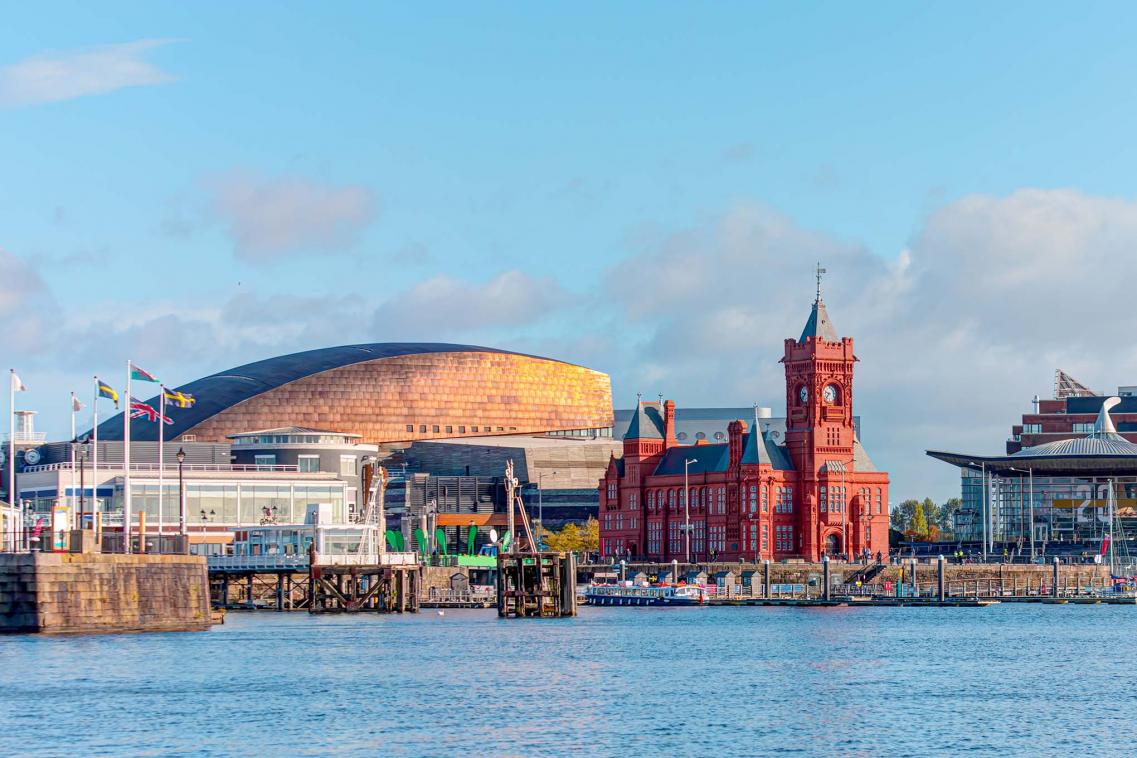
Implications of the Autumn Statement 2022 and EFO for Wales and the Welsh Government
28 November 2022

Are we in a new era of austerity?
24 November 2022
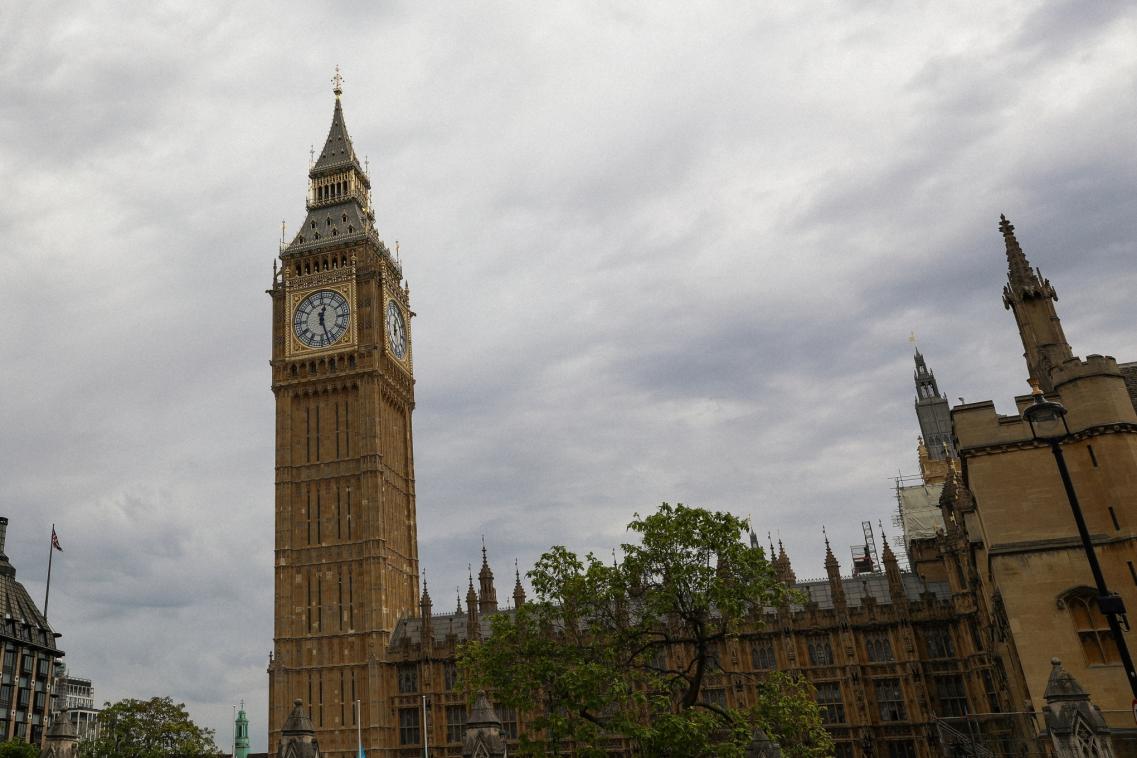
Autumn Statement 2022: IFS analysis

Autumn Statement 2022: IFS analysis
18 November 2022
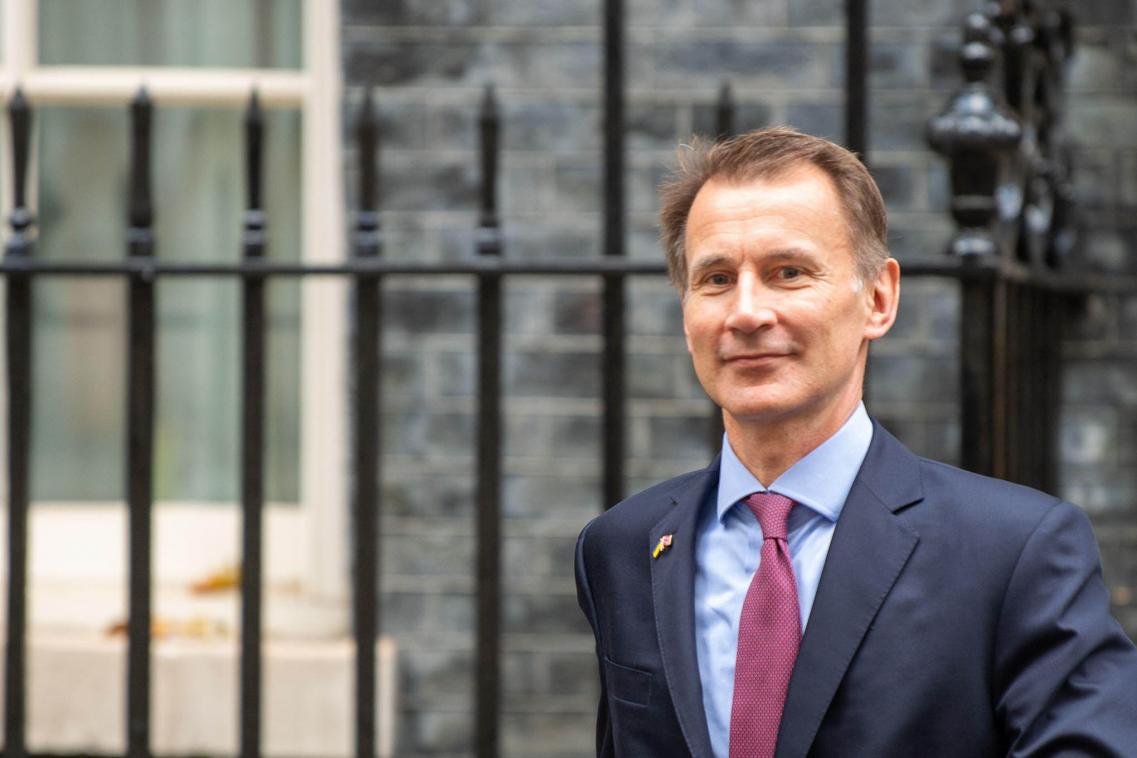
Autumn Statement 2022 response
17 November 2022
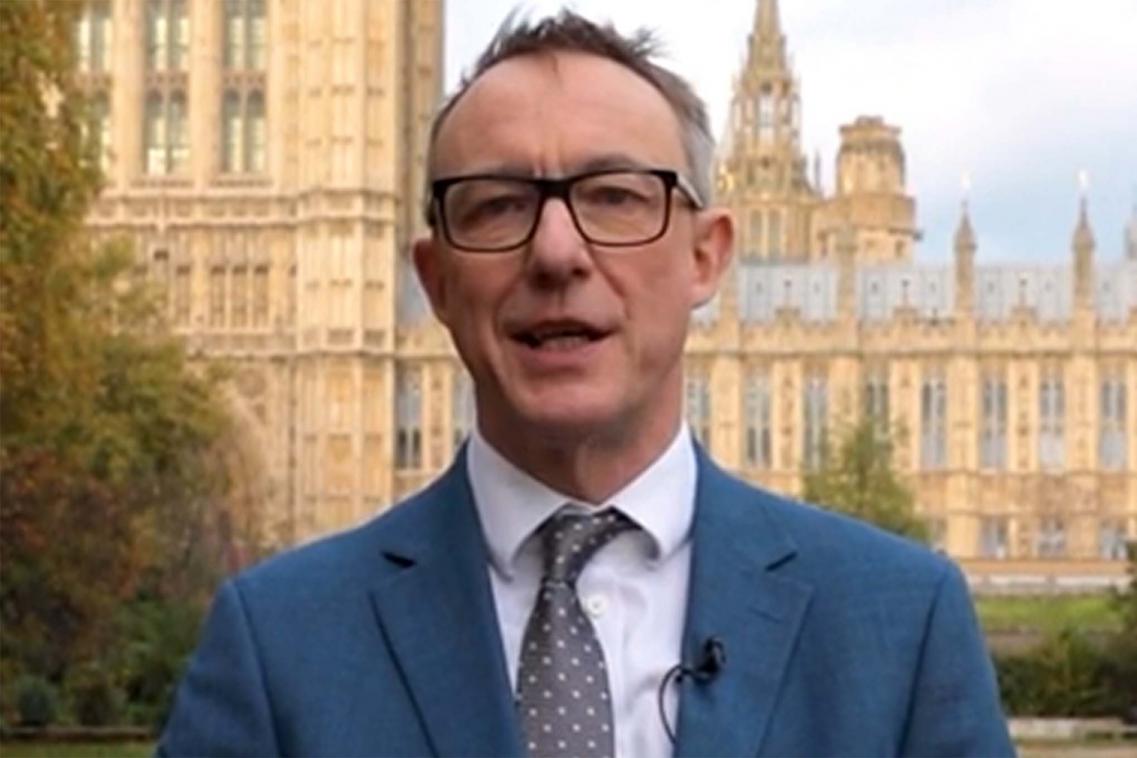
The Autumn Statement 2022 explained
17 November 2022
Background

Budget analysis
5 July 2022

IFS Green Budget 2022
11 October 2022
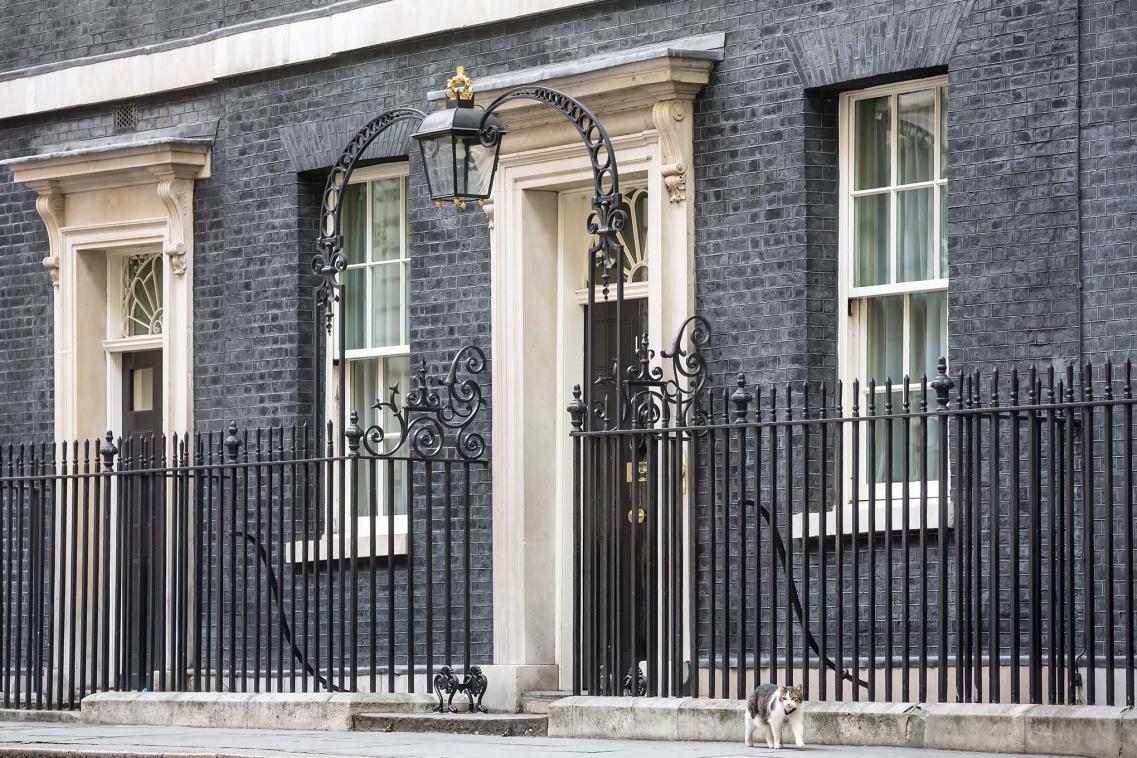
What happens in a Budget?
23 February 2021
Collection details
- Publisher
- Institute for Fiscal Studies
More from IFS
Understand this issue

Election Special: The big issues politicians haven't spoken about
25 June 2024

Election Special: Your questions answered
27 June 2024

Cuts to council services likely unless cost pressures abate – even with the biggest council tax increases for 20 years
21 June 2024
Policy analysis

How would the parties’ tax and spending plans affect Scotland and Wales?
28 June 2024
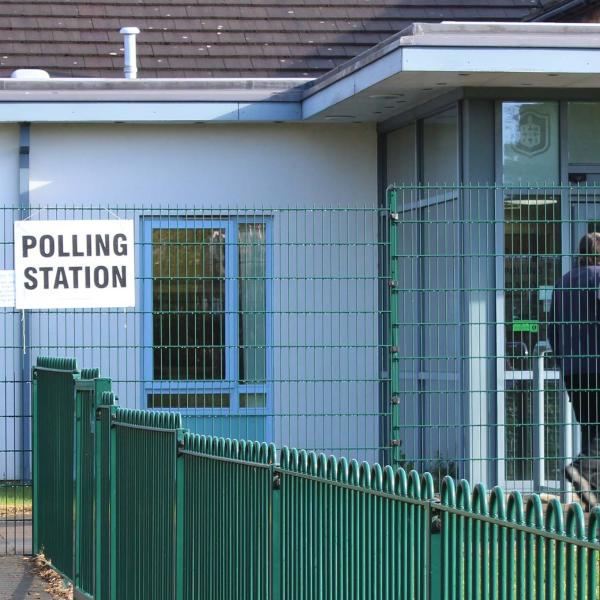
What are the parties’ plans for benefits and taxes?
24 June 2024

How should we interpret parties’ public spending pledges this election?
23 June 2024
Academic research
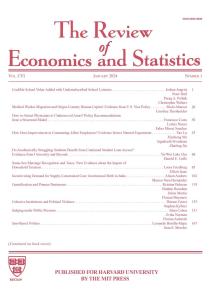
Intertemporal income shifting and the taxation of business owner-managers
24 January 2024

6th World Bank/IFS/ODI Public Finance Conference | Driving Progress: Public Finance and Structural Transformation
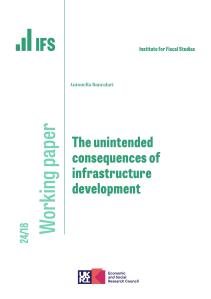
The unintended consequences of infrastructure development
8 May 2024